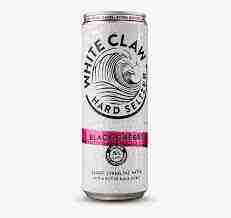Who was Medusa in love with?
Who was Medusa in love with? Medusa and Poseidon engaged in a love affair and would have two children together, but not before Athena discovered the illicit affair. When Athena discovered the affair, she was enraged and immediately cursed Medusa by taking away her beauty.
Who is Poseidon’s wife?
Amphitrite, in Greek mythology, the goddess of the sea, wife of the god Poseidon, and one of the 50 (or 100) daughters (the Nereids) of Nereus and Doris (the daughter of Oceanus).
How was Medusa killed?
Medusa was the only Gorgon who was mortal; hence her slayer, Perseus, was able to kill her by cutting off her head. From the blood that spurted from her neck sprang Chrysaor and Pegasus, her two sons by Poseidon.
What does a Medusa tattoo mean?
Medusa was ultimately beheaded by the Greek hero Perseus, who then used her head, which retained its ability to turn onlookers to stone, as a weapon. Tattoos of Medusa have become a symbol of strength for survivors of sexual assault, inverting the narrative that women should be punished for their victimhood.

